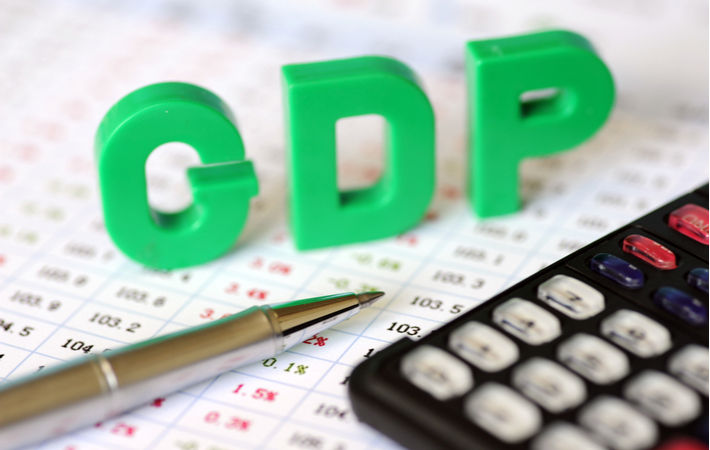Given the speed and scale of the second COVID-19 wave, India’s gross domestic product (GDP) growth estimated earlier by India Ratings and Research (Ind-Ra) at 10.1 per cent for fiscal 2021-22 (FY22) is unlikely to hold. Ind-Ra now expects GDP growth to come in at 9.6 per cent (base case) in FY22. This, however, depends on India vaccinating its entire adult population by December 31.
Average daily vaccinations during 1-20 June 2021 was 3.2 million, which rose to 8.73 million on 21 June 2021. If the pace of vaccination is maintained close to the 21 June 2021 level, then India will be able to achieve the aforesaid target, Ind-Ra said in a statement.Given the speed and scale of the second COVID-19 wave, India's GDP growth estimated earlier by India Ratings and Research at 10.1 per cent for fiscal 2021-22 is unlikely to hold. Ind-Ra now expects GDP growth to come in at 9.6 per cent (base case) in FY22. This, however, depends on India vaccinating its entire adult population by December 31.#
In case the vaccination target gets delayed by three months either due to slow pace of vaccination or non-availability of vaccines, then the FY22 GDP growth will slip further down to 9.1 per cent (alternate scenario).
The Indian economy was witnessing a consumption slowdown even before the COVID-19 pandemic hit it. Private final consumption expenditure (PFCE) growth had declined to 2 per cent in the fourth quarter of fiscal 2019-20 from 11.2 per cent in the third quarter of 2016-17. The first wave of COVID-19 aggravated it as the lockdown had a telling impact on jobs, livelihoods and household budget.
PFCE collapsed to negative 26.2 per cent in the first quarter of FY21. Since then, it has recovered and was expected to gather pace this fiscal. However, it has received push back from the second wave. The push back to consumption demand is expected to be more pronounced in rural areas during the second wave. Ind-Ra therefore expects PFCE growth to come in at 10.8 per cent (in alternate scenario: 9.8%) in FY22.
Ind-Ra’s estimate suggests that gross fixed capital formation will grow 8.9 per cent year on year (alternate scenario: 8.1 per cent) in FY22. Investment activities have been down and out over the past several years for a variety of reasons.
Ind-Ra believes no meaningful investment revival is possible before FY23 as manufacturing is still saddled with excess capacity, domestic demand is weak and the balance sheet of Indian infrastructure companies continues to be stretched/leveraged. The only silver lining though is the external demand.
A near-normal monsoon in 2021 means a third consecutive year of good agricultural production/ income. Ind-Ra expects agricultural growth to come in at 3 per cent in FY22. On the other hand, the industrial sector is expected to grow at 10.9 per cent year on year (alternate scenario: 10.2 per cent) in FY22, because unlike in the first wave, industries were allowed to remain operational during the second wave lockdowns though with COVID protocols and lower employee headcounts.
Services, especially its segments such as aviation, tourism, hotels sports, entertainment and hospitality are still weathering the storm, is expected to grow at 10.4 per cent (alternate scenario: 9.6 per cent) in FY22, again chiefly due to the low base of last year.
Ind-Ra expects merchandise exports to grow by 6.9 per cent year on year in FY22 (FY21: negative 12.5 per cent and FY20: negative 5 per cent). Similarly, merchandise imports are expected to grow 16.7 per cent year on year in FY22 (FY21: negative 26.8 per cent and FY20: negative 7.6 per cent).
As a result, the trade deficit is estimated to come in at $108.4 billion (3.7 per cent of GDP). But the remittances and software revenues is expected help the current account deficit to settle at $10.7 billion in FY22 (0.4 per cent of GDP), Ind-Ra added.
ALCHEMPro News Desk (DS)
